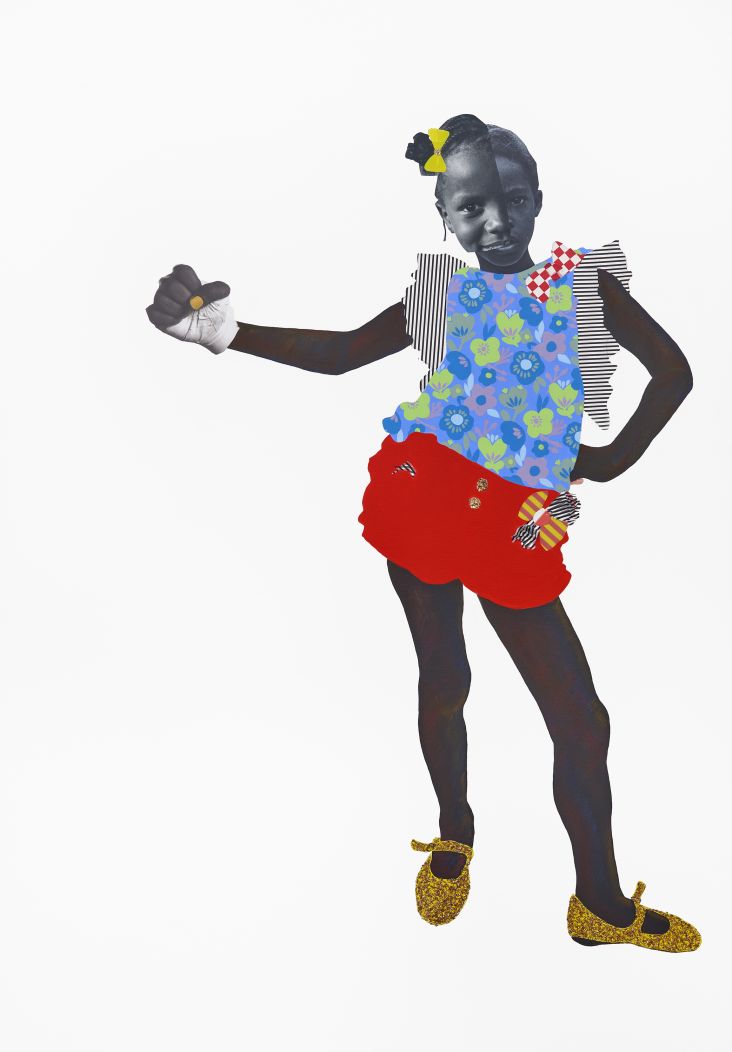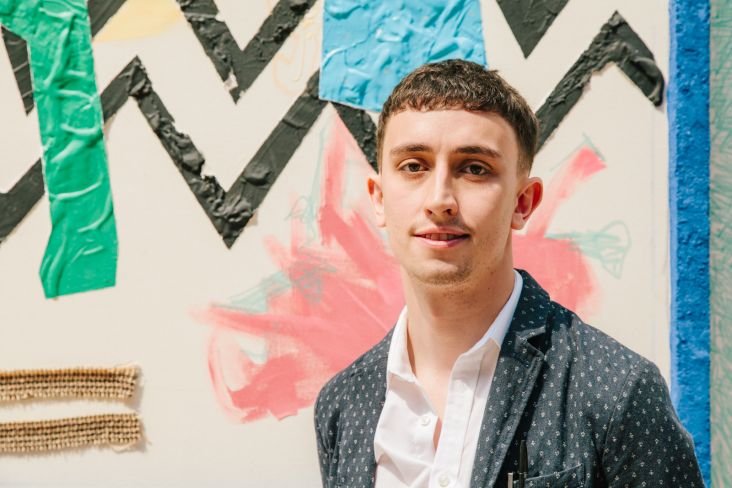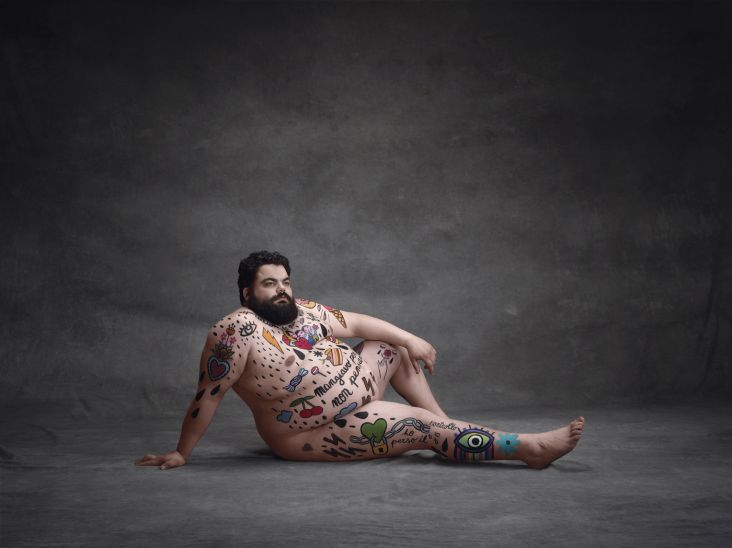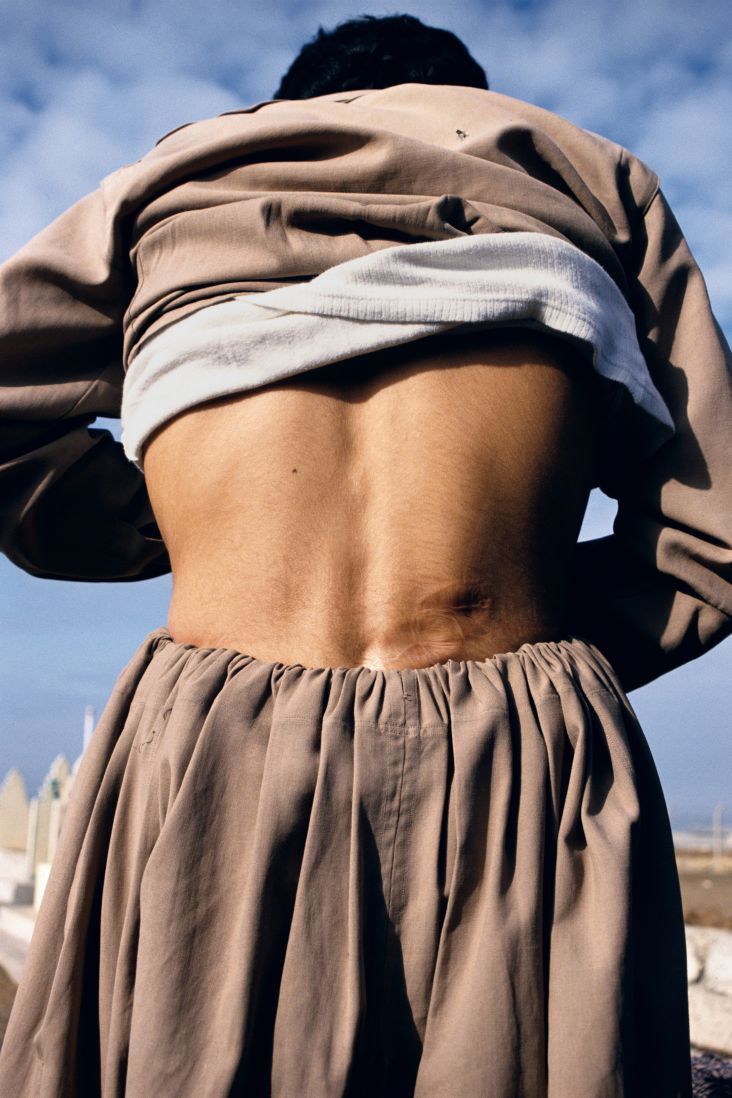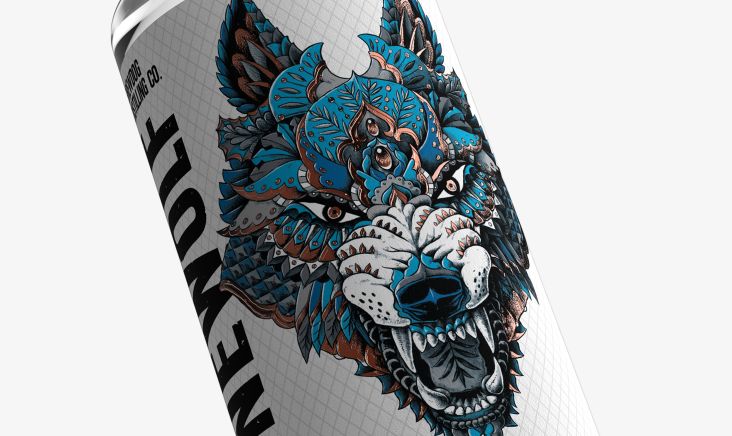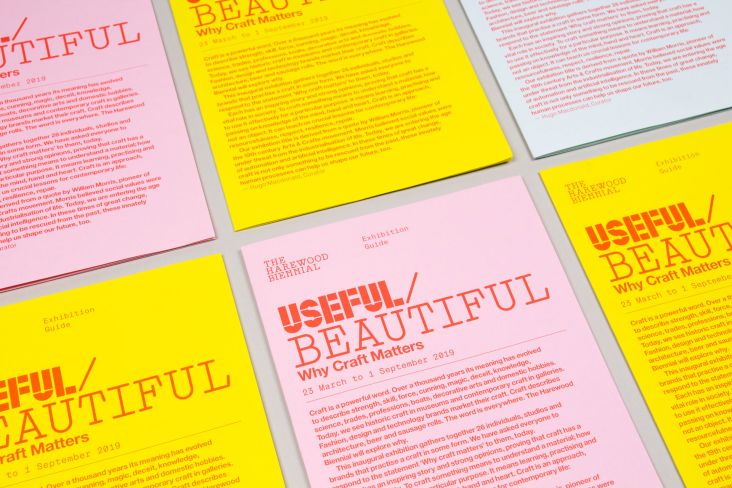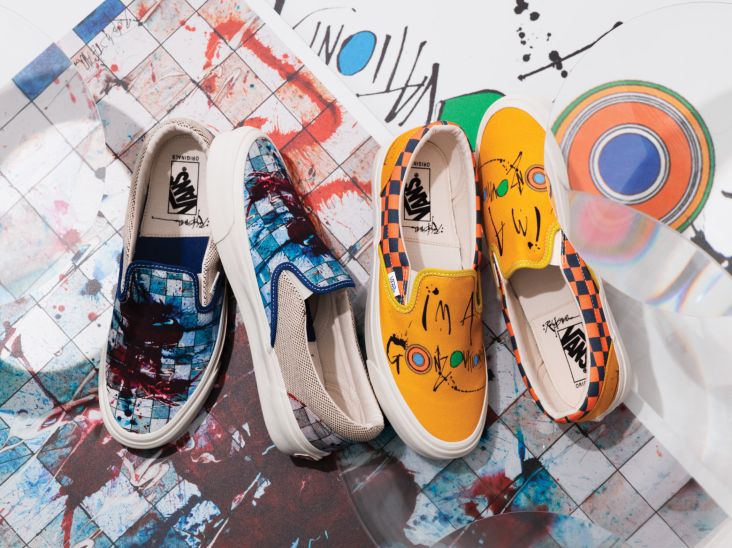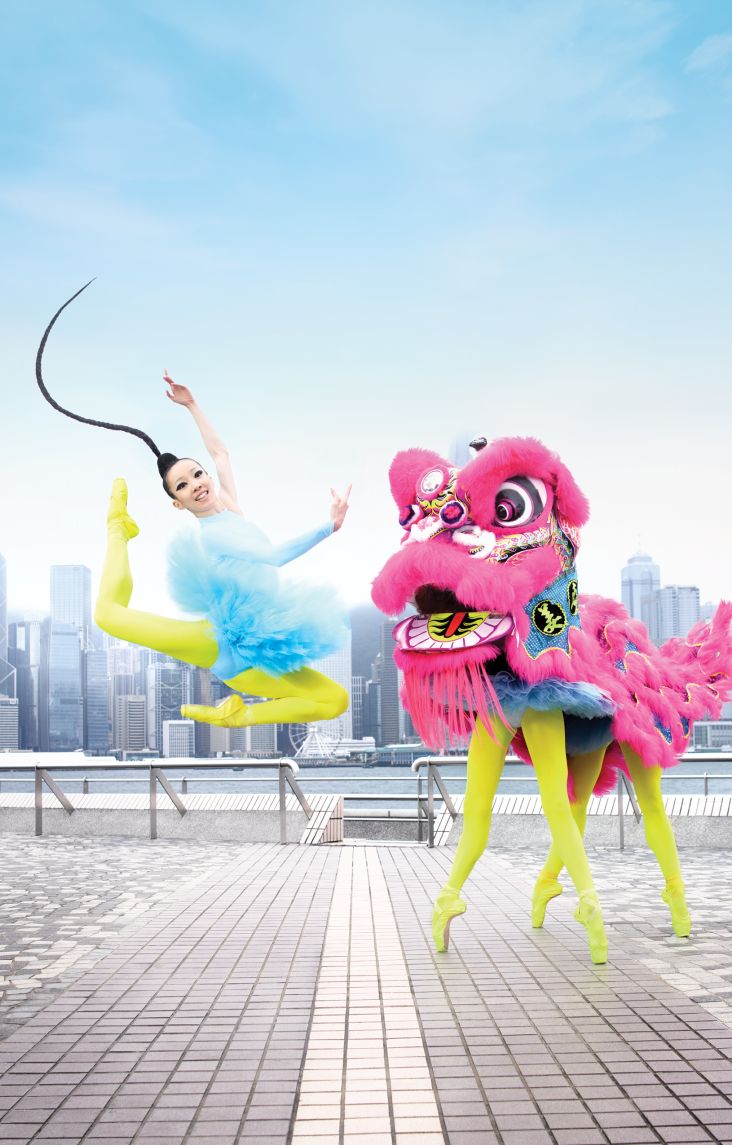The Disability Collection hits a thousand diverse photographs on its first anniversary
Today is the first anniversary of The Disability Collection, a growing stock photography library that hopes to better represent people with disabilities.

All images courtesy of Getty Images
Launched exactly a year ago by Global Accessibility Awareness Day, Getty Images, Verizon Media, and the National Disability Leadership Alliance (NDLA), it has grown to include over 1,000 curated images.
It has been thoughtfully curated in partnership with the NDLA, a cross-disability coalition led by 17 national organisations headed by people with disabilities, and follows a stringent set of photographic guidelines that prioritise intersectionality.
The development of The Disability Collection was informed by six disability-specific focus groups conducted by Verizon Media, as well as a quantitative survey to over 1,000 respondents to learn how the disability community wanted to see themselves represented in imagery, what instructions they would give photographers and stereotypes to avoid. This co-curation is unique among visual representation campaigns and the work contributed by the members of the NDLA was core to creating this authentic and empowering collection.
"Creating and curating images that show people with disabilities in an honourable, honest, and human ways on this scale has never been done before," said Lawrence Carter-Long, communications director for the Disability Rights Education & Defence Fund for the National Disability Leadership Alliance.
"Partnering with Getty Images and Verizon Media on The Disability Collection has prioritised centring people with disabilities in ways that allow us to shape and decide how we want to be represented in the media and beyond. That, in turn, influences how we view ourselves within society. More often than not, disabled people are left out of pop culture narratives. The Disability Collection is making great strides in creating a world in which we all feel, and are, seen. That’s progress."
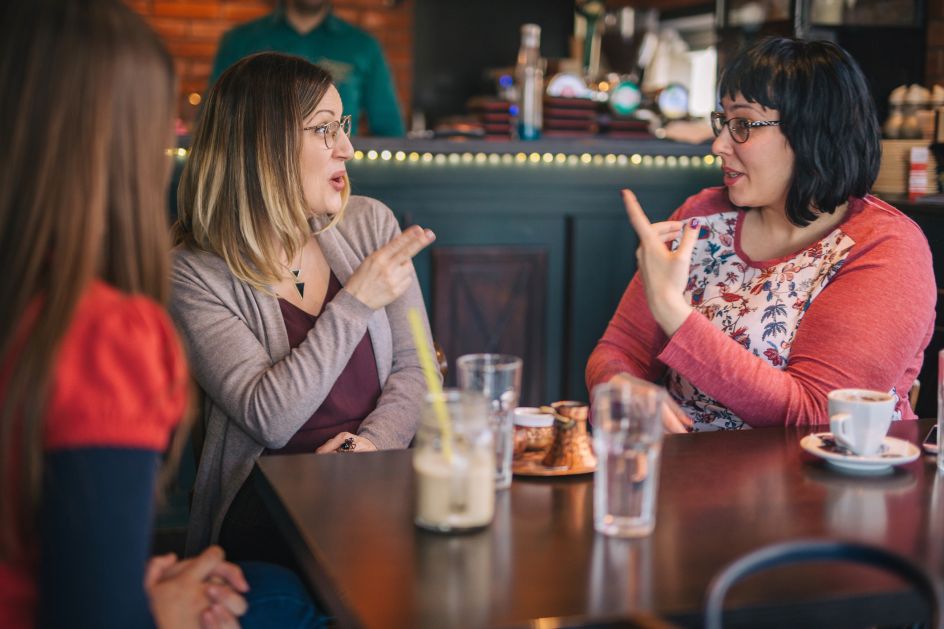
© Getty Images
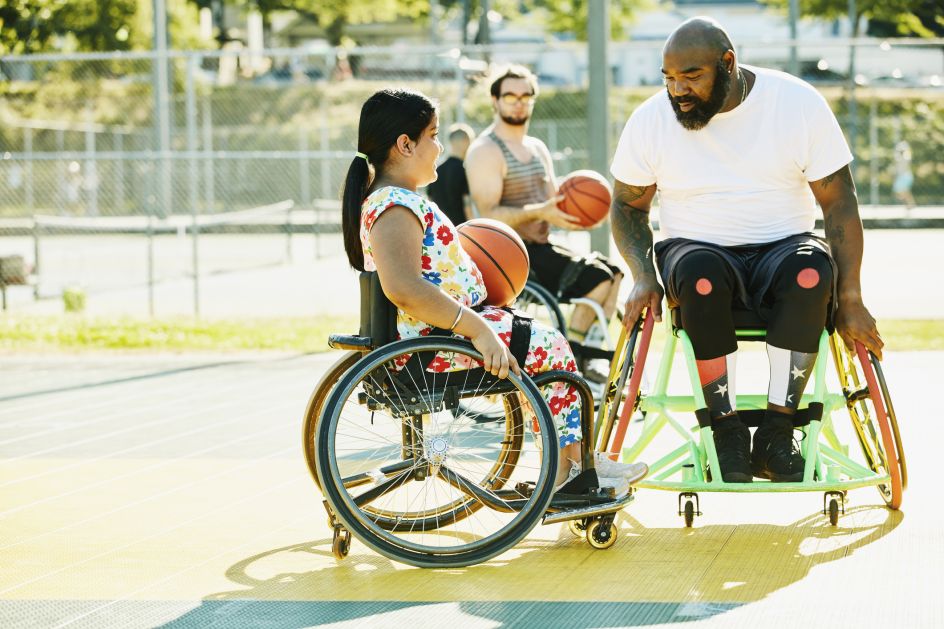
© Getty Images
The collection intentionally depicts people with disabilities in the full spectrum of human experiences that make up daily life; includes a diverse range of socioeconomic status, age, gender, ethnicity, and sexuality; and portrays real people rather than actors portraying disability. Importantly, it also was designed to avoid only representing the stereotypical narrative of "overcoming" disability and instead accurately pictures disability as one aspect of a person’s identity.
In the past year, Getty Images has seen an increase in searches for disability-related images on www.gettyimages.com. The term ‘disability’ was up 98% from 2017 to 2018. Additionally, new search terms have appeared over the past 12 months since the creation of this partnership. These include ‘learning disabled’, ‘intellectually disabled’ and ‘disabled employee.’
“Until now, it has been difficult for companies and small businesses to find modern, dignified and diverse images of people with disabilities. The Disability Collection changes that,” said Mike Shebanek, head of Accessibility at Verizon Media. “It’s now easy for them to find and use images and have the assurance that they authentically reflect and include the audiences they serve. And people prefer to engage with brands that are inclusive.
"In our research, we found that 70% of people would feel more positively toward a brand if its advertising featured people with disabilities. The Disability Collection is a game-changer by solving the practical issues of finding authentic images and elevating conversations we should be having about diverse representation on a societal level."
Learn more at www.thedisabilitycollection.com.




 by Tüpokompanii](https://www.creativeboom.com/upload/articles/58/58684538770fb5b428dc1882f7a732f153500153_732.jpg)


 using <a href="https://www.ohnotype.co/fonts/obviously" target="_blank">Obviously</a> by Oh No Type Co., Art Director, Brand & Creative—Spotify](https://www.creativeboom.com/upload/articles/6e/6ed31eddc26fa563f213fc76d6993dab9231ffe4_732.jpg)








